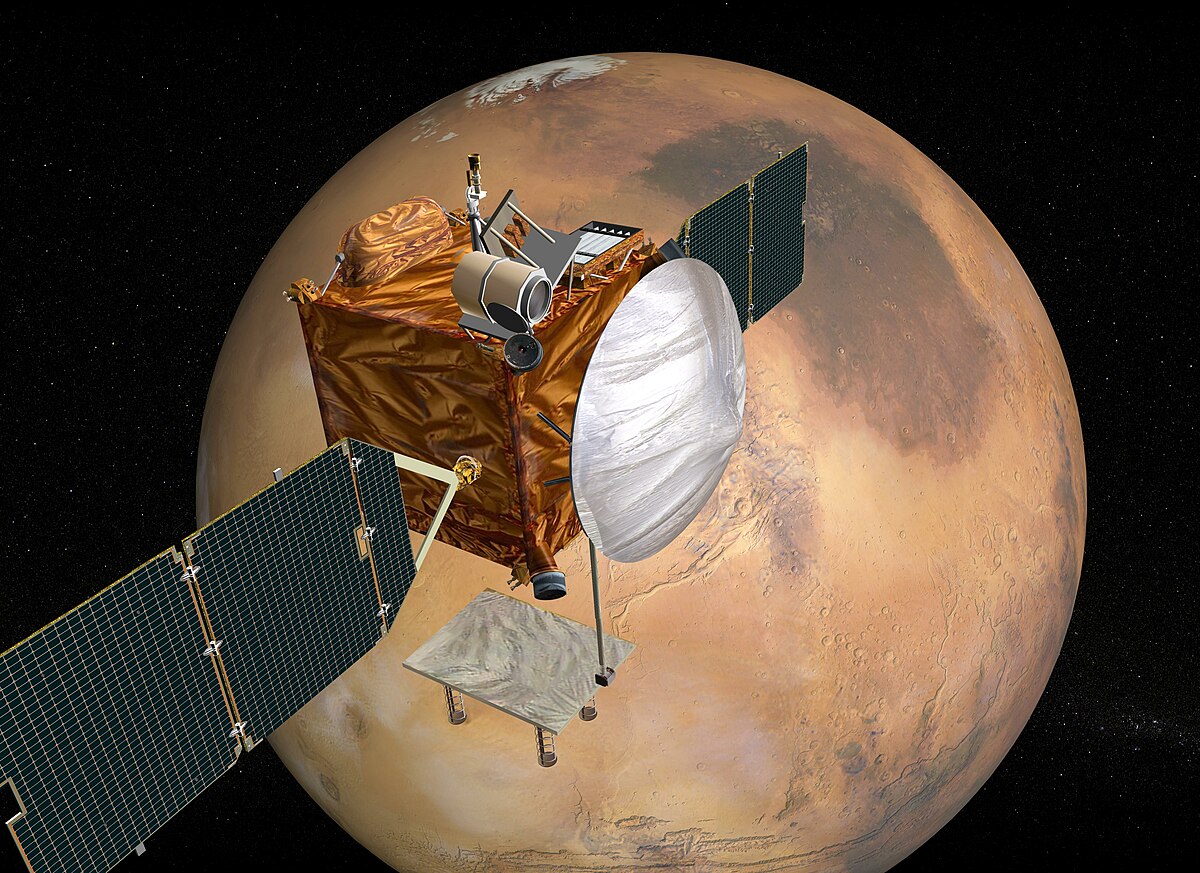Following the historic success of Mangalyaan, the Indian Space Research Organization (Isro) is placing a large bet on its second mission to Mars.
The Indian space agency has disclosed its plans for landing on the Red Planet, and it is currently developing the second mission to Mars. Up until now, only China and the United States have accomplished the feat.
India wants to join the exclusive group of nations by becoming the third nation on Earth to land a spacecraft on another planet. During a National Technology Day presentation at the Space Application Centre, new information about the ambitious plans for the cosmic neighbor next door was disclosed.
ISRO’s Ambitious Mars Mission: Rover and Helicopter Combo to Explore the Red Planet

The second Mars mission, which is currently underway at Isro, will use a rover and helicopter combo similar to that of NASA’s Perseverance rover. The presentation revealed that the Indian space agency is in the process of creating a skycrane for rover deployment on the Red Planet in addition to a supersonic parachute. The mission will be launched to Mars on the heavy-lift Launch Vehicle Mark-III (LVM3).
In order to fly in the thin Martian air, Indian engineers are also designing and developing a fully functional helicopter. Currently in the conceptual stage, the rotorcraft will be equipped with multiple instruments.
Marble, also known as the Martian Boundary Layer Explorer, will be transported by the UAV and equipped with a variety of payloads for aerial Martian exploration. In order to profile the Martian atmosphere, the aerial vehicle will be built with the ability to fly up to 100 meters in the thin Martian air.
ISRO unveils plans for Mangalyaan-2, aims to make India the third nation in the world, after US and China to successfully land a spacecraft on Mars.
The mission includes a sky crane, Martian helicopter, and a Rover.#ISRO #Mangalyaan2 #India #PanchayatiTimes #PowerCorridors pic.twitter.com/POuU9ztkT8
— POWER CORRIDORS (@power_corridors) May 15, 2024
Also Read: Chandrayaan: The new beginning
ISRO to Enhance Mars Mission Communication with Relay Satellite Launch

In the meantime, Isro plans to launch a relay communication satellite in advance of the mission launch to guarantee proper communication with the Mars mission. As a relay between Mars and Earth, the satellite will be launched on the Polar Satellite Launch Vehicle to guarantee continuous, trouble-free communications.
It is important to note that the relative positions of Mars and Earth affect how long it takes for signals to reach them. Signals can take anywhere from three to twenty-two minutes to travel one way during opposition, when Mars is closest to Earth. Nevertheless, signals can take anywhere from six to forty-four minutes to travel one way during conjunction, when Mars is on the opposite side of the Sun from Earth.













